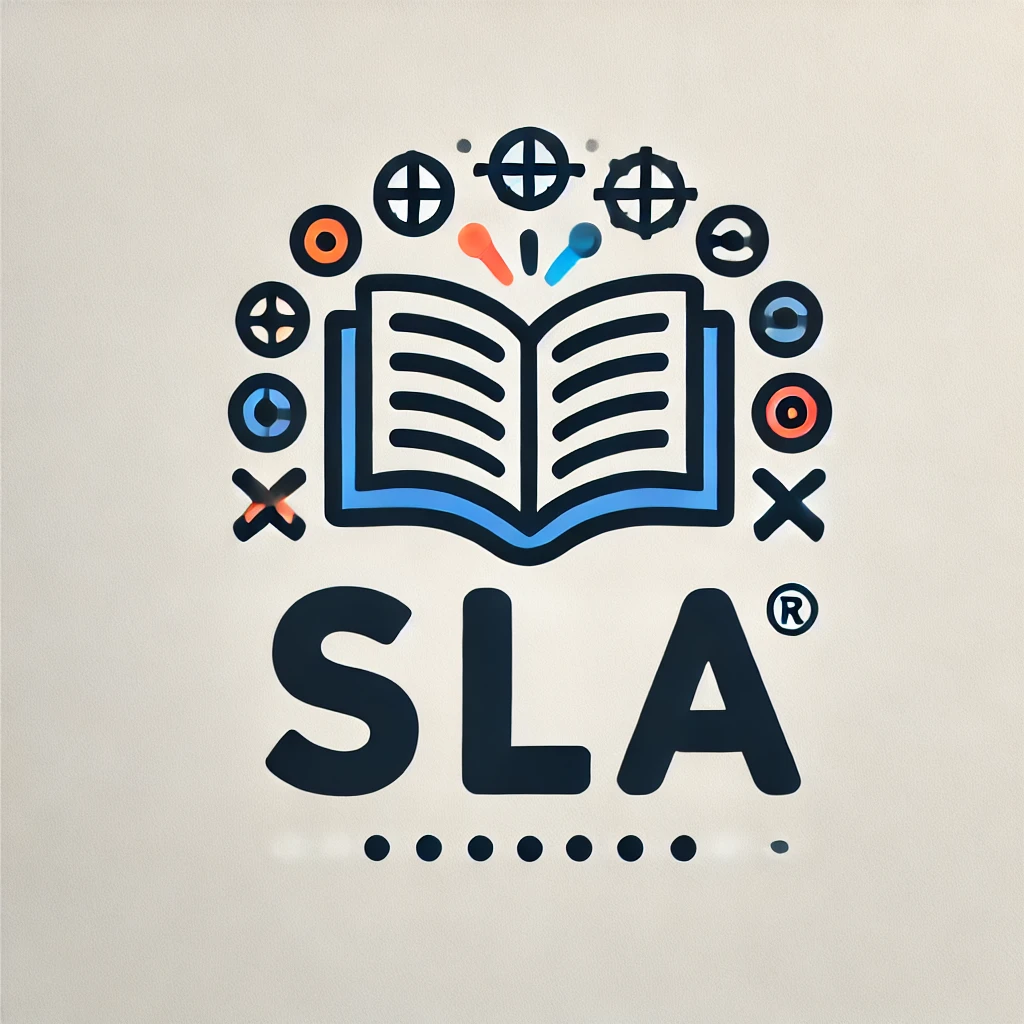How Does The Sociocultural Theory Explain Language Development?

This image is property of images.unsplash.com.
Introduction
In the field of language development, the sociocultural theory is a prominent perspective that focuses on the ways in which social interactions and cultural practices influence the acquisition of language. This theory suggests that language development is not solely a result of individual cognitive processes, but is heavily dependent on the social and cultural context in which a person is raised. By exploring the key concepts and principles of the sociocultural theory, you can gain a better understanding of how language development is shaped by the environment in which you interact with others.
Key Concepts of the Sociocultural Theory
The sociocultural theory was developed by renowned psychologist Lev Vygotsky, who believed that social interactions play a crucial role in cognitive development, including language acquisition. According to this theory, individuals learn and develop through interactions with others, who provide guidance and support in learning tasks. One of the key concepts of the sociocultural theory is the idea of the zone of proximal development (ZPD), which refers to the difference between what a learner can do independently and what they can achieve with the help of a more knowledgeable other.
Zone of Proximal Development (ZPD)
Imagine you are learning a new language, such as French, and you can construct basic sentences on your own. However, with the guidance of a fluent French speaker, you are able to have more complex conversations and expand your vocabulary. This difference between your independent abilities and what you can achieve with assistance represents your zone of proximal development. By working within this zone, you can push the boundaries of your language skills and continue to improve with the support of more knowledgeable individuals.
Cultural Tools and Mediation
Within the sociocultural theory, cultural tools and mediation play a significant role in shaping language development. Cultural tools refer to the resources, such as language, tools, and symbols, that are available within a specific culture and are used to facilitate learning and communication. Mediation, on the other hand, involves the processes through which individuals interact with these cultural tools to scaffold their understanding of language and engage in meaningful communication.
Cultural Tools
Think about the language you use every day and how it is influenced by your cultural background. For instance, the idioms, expressions, and communication styles you employ are all shaped by the cultural context in which you were raised. Cultural tools serve as resources that help individuals navigate language development by providing a framework for communication and expression within a specific cultural context.
Mediation
When you engage in conversations with others, you are constantly mediating your understanding of language through social interactions. Through dialogue, feedback, and collaboration, individuals can scaffold their language skills and deepen their comprehension of linguistic concepts. By mediating their interactions with cultural tools, language learners can expand their knowledge and refine their communication abilities.
Social Interaction and Language Development
A central tenet of the sociocultural theory is the emphasis on social interaction as a key driver of language development. According to Vygotsky, language is not only a tool for communication but also a means of establishing connections with others and sharing experiences. Through collaborative and cooperative interactions, individuals can co-construct knowledge, negotiate meaning, and develop their language skills in a social context.
Cooperative Learning
Imagine you are participating in a language exchange program, where you work with a native speaker to practice conversation skills in a foreign language. By engaging in cooperative learning activities, such as dialogues, role-plays, and discussions, you can enhance your language proficiency through shared experiences and mutual support. Cooperative learning fosters a sense of community and collaboration that promotes language development in both informal and formal settings.
Scaffolding
In the context of language development, scaffolding refers to the supportive interactions and guidance provided by more knowledgeable others to help learners progress in their language skills. Like a scaffold that supports a building under construction, scaffolding in language development offers temporary assistance and structure to facilitate learning and growth. By receiving feedback, modeling, and encouragement from skilled language users, learners can advance their communicative abilities and expand their linguistic repertoire.

This image is property of images.unsplash.com.
Examples of Sociocultural Theory in Language Development
To illustrate how the sociocultural theory applies to language development, consider the following examples that demonstrate the influence of social interactions and cultural practices on learning and communication.
Parent-Child Interactions
One prominent example of the sociocultural theory in action is observed in parent-child interactions, where caregivers play a significant role in supporting children’s language development. Through conversations, storytelling, and shared activities, parents provide children with linguistic input, feedback, and encouragement to help them acquire and refine their language skills. By engaging in joint activities and collaborative tasks, parents can create opportunities for children to practice communication and language use within a supportive social context.
Classroom Settings
Another example of the sociocultural theory at work is evident in classroom settings, where teachers facilitate language learning through collaborative activities and peer interactions. By structuring lessons around group projects, discussions, and cooperative learning tasks, teachers can create a social environment that promotes language development among students. Through peer feedback, interactional support, and shared experiences, learners can engage with language in meaningful ways and enhance their communicative competence within a supportive educational context.
Implications for Language Learning and Teaching
By understanding the principles of the sociocultural theory and its implications for language development, you can apply these insights to your own language learning experience or teaching practice. Whether you are a language learner seeking to improve your proficiency or an educator supporting language development in others, embracing a sociocultural perspective can enhance your understanding of how social interactions and cultural contexts shape language acquisition.
Language Learning Strategies
When approaching language learning from a sociocultural standpoint, consider incorporating collaborative activities, dialogical interactions, and cultural resources into your learning strategies. By engaging with others, seeking guidance and feedback, and exploring cultural tools in meaningful ways, you can enrich your language learning experience and deepen your understanding of the language you are studying. Embrace the social nature of language learning and leverage the power of social interactions to enhance your linguistic skills.
Teaching Practices
For educators and language instructors, integrating sociocultural principles into teaching practices can enhance the effectiveness of language instruction and promote student engagement and participation. By creating opportunities for collaborative learning, peer interactions, and cultural exploration in the classroom, teachers can foster a supportive environment for language development and encourage students to engage with language in authentic and meaningful ways. Embrace the sociocultural theory as a guiding framework for teaching language and empower learners to construct knowledge through social interactions and cultural mediation.

This image is property of images.unsplash.com.
Conclusion
In conclusion, the sociocultural theory offers valuable insights into the ways in which social interactions and cultural practices influence language development. By exploring the key concepts of this theory, such as the zone of proximal development, cultural tools, and mediation, you can gain a deeper understanding of how language acquisition is shaped by the social and cultural context in which you learn and communicate. Embrace the social nature of language development, engage in collaborative interactions, and leverage cultural resources to enhance your language skills and foster meaningful communication within a sociocultural framework.

